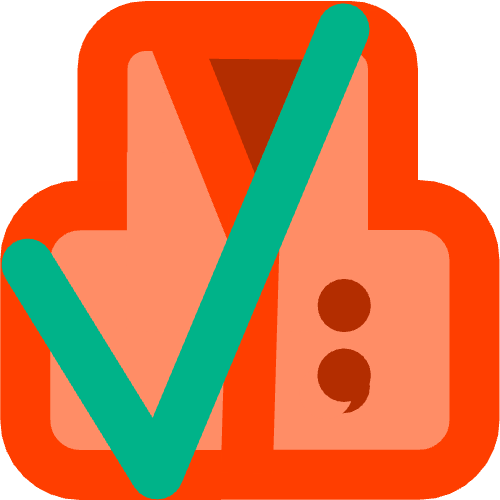Introducing Sveste
Anyone can write a unit test. But a great unit test?
Great unit tests focus on what a user should see and do, not the implementation details. They fail when you break your UX. They don’t break when you refactor your code.
Great unit tests help you focus on your users, not yourself.
But this introduces a contradiction.
Your sales and service reps talk to users every day. They understand how people want to use your product, but don’t have the technical skills to turn that knowledge into tests. Your engineers know how to code, but don’t have the time to get on the phone with hundreds of people a day.
The people that understand your users can’t write tests. And the people that write tests don’t understand your users. So what do you do?
You sit in meetings and hope for the best.
But what if there was a better way?
Enter Sveste: a no-code GUI for writing great unit tests.
Today, Sveste (Svelte + test) translates form inputs into executable tests. It uses the Testing Library to focus on best practices like testing what’s actually on screen. It uses Vitest so you can take advantage of Vite’s fast build times and run unit tests as you code. It structures your code so that each unit test is (human) readable and independent ( no nested mock statements here ). Sveste ensures that your test code is concise, functional, and best practice.
But this is just a first step to a bigger goal (literally, it’s v0.2!).
We want Sveste to help you write tests in plain English.
Imagine if writing tests were as easy as Mad Libs? Imagine if you got context-aware tips as you wrote your tests: guiding you towards helpful resources, and steering you away from common testing mistakes? Imagine if you could share unit tests with others, and build off of each-other’s work to write application agnostic tests?
Help us make this vision a reality!
Sveste is open source, and looking for contributors. Check out our app and repo to get started!
